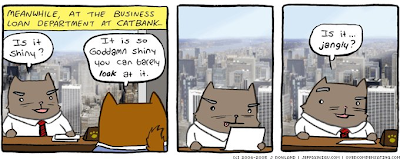I made this playlist by seeding it with songs by R.E.M., The Smiths, and The Church and filling it up with others songs from 1983 that fit stylistically.
The Spotify playlist is here.
Southern Mark Smith - The Jazz Butcher
Radio Free Europe - R.E.M.
Any track from Murmur could be substituted here.
This Charming Man - The Smiths
Sugar Bridge - It Will Stand - The Bluebells
Penelope Tree - Felt
Gargoyle - The Lighthouse Keepers
Age of Consent - New Order
I originally used this song to seed my 1983 Synth Pop playlist, but it just felt like it belonged here even though I never would consider New Order a Jangle Pop band.
One Day - The Church
Hip Hip - Hurrah
Spin Your Partner - Love Tractor
Not much in the way of lyrics, but I love the banjo on this song.
Marilyn on a Train - The Cleaners from Venus
Second Skin - The Chameleons
Plaything - The Triffids
Whenever You're on My Mind - Marshall Crenshaw
The First Picture of You - The Lotus Eaters
Flaming Sword - Care
Beauty and Sadness - The Smithereens
If the Beatles had recorded 'Tomorrow Never Knows' for Rubber Soul instead of Revolver.
Every Word Means No - Let's Active
If I didn't know better, I would guess this song was actually recorded in the 60s.
Talking in My Sleep - The Rain Parade
If Jangle Pop could be defined as "anything that sounds like The Byrds", this song would be a perfect example.
Gravity Talks - Green on Red
I love the organ on this song.
Numbers With Wings - The Bongos
(Let's All) Turn On - Hoodoo Gurus
In addition, these two songs weren't available for streaming on Spotify, nor are they available for purchase from Amazon mp3 download, but they definitely belong on this list:
Cattle and Cane - The Go-Betweens
the video on YouTube
Oblivious - Aztec Camera
the video on YouTube
 |
| appropriate comic from Overcompensating |






